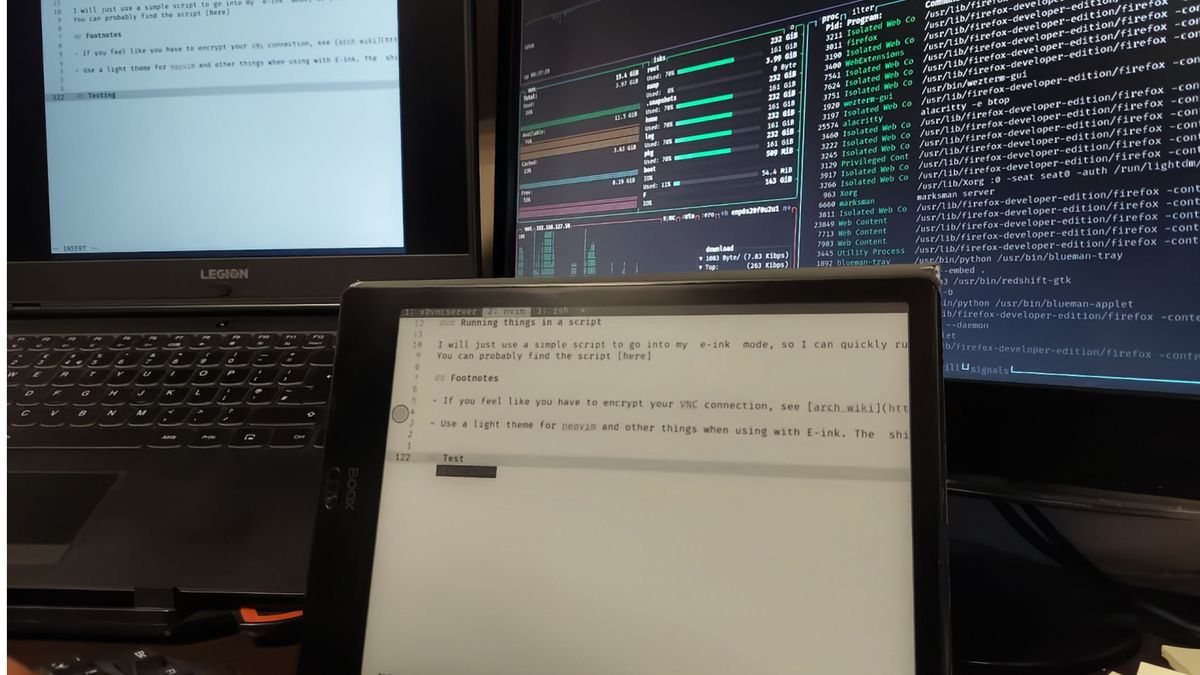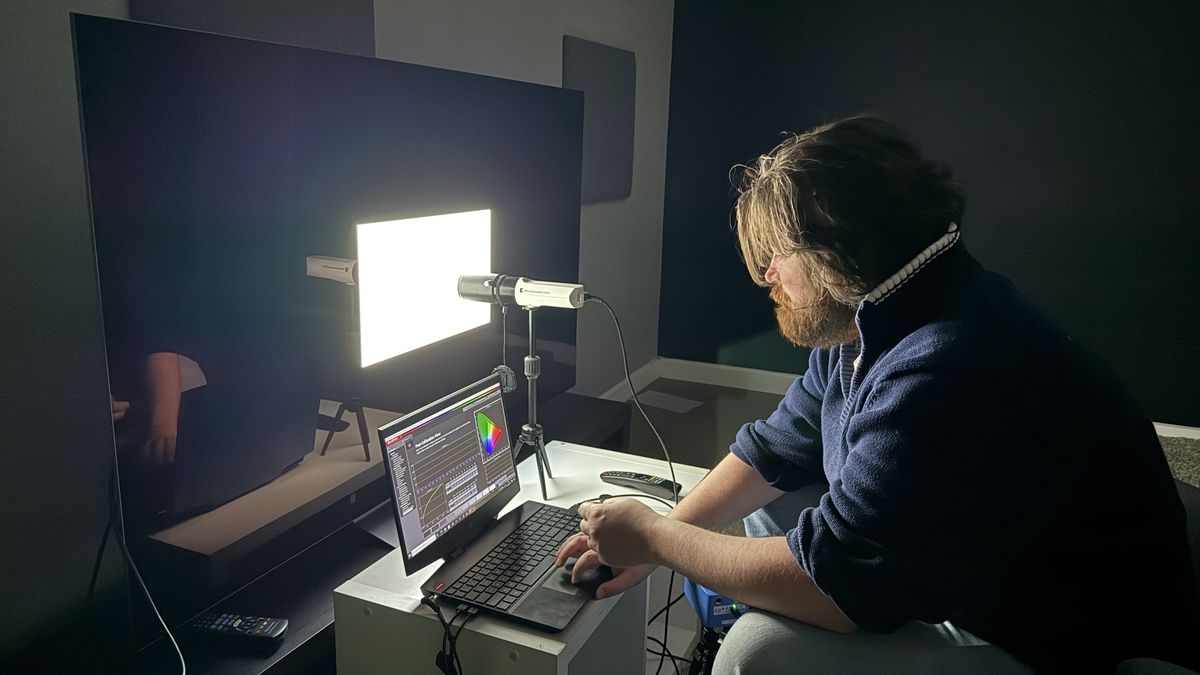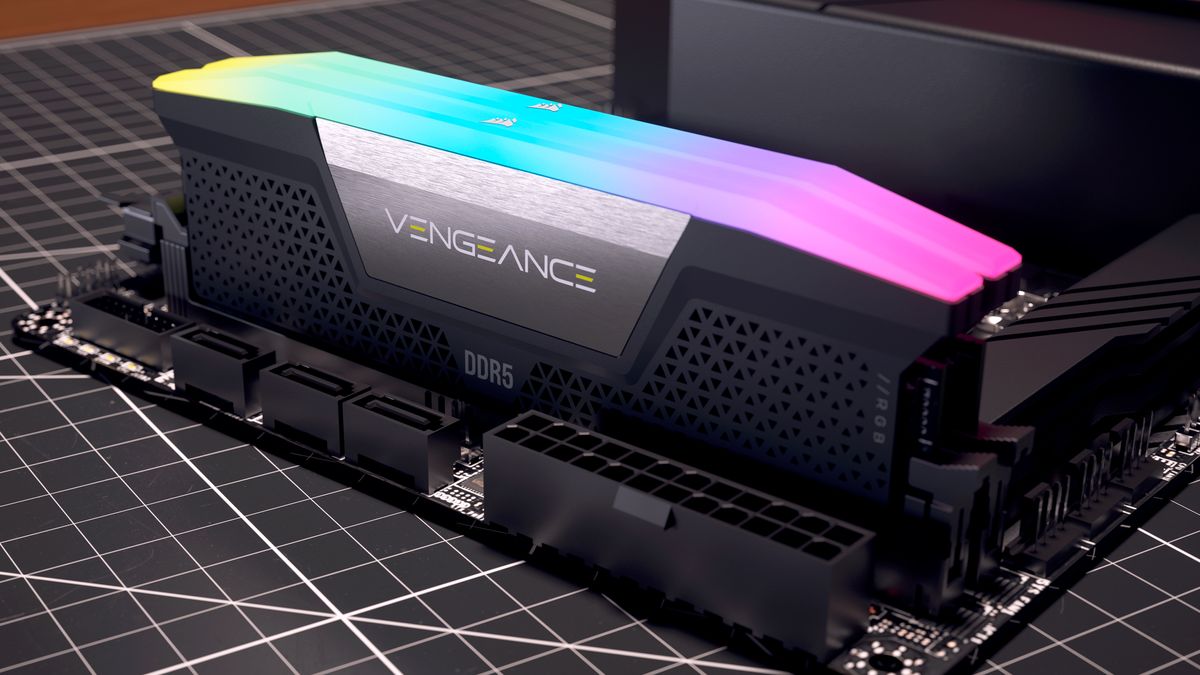Ever wondered exactly how much your job is stressing you out? Scientists have developed a temporary forehead tattoo that could one day give you the answer.
Scientists at the University of Texas at Austin created the facial mood ring, a tattoo made of electronic ink that wirelessly measures and analyzes electrical signals from the brain and eyes. In a small study of human volunteers, the e-tattoo appeared capable of conveying when people were mentally taxed. The unobtrusive, relatively affordable technology could be adapted to track mental strain in pilots, surgeons, and others in high-risk jobs, the researchers say.
Senior researcher Nanshu Lu and her team were driven to develop their e-tattoo by a well-known conundrum; electroencephalography (EEG) can reliably measure a person’s brain activity, but it’s often not very practical to carry out.
A typical EEG today might require someone to wear a bulky cap attached to all sorts of wires, for instance (not to mention the sticky conductive gel). This is usually straightforward in a clinical setting, but using EEGs in real-world environments is more challenging—especially when measuring mental stress during work. The team’s ultrathin, flexible, and wireless e-tattoo looks to overcome this challenge. It also combines the functions of an EEG and an electrooculography (EOG), which measures electrical activity to monitor eye movement.
“Compared to existing methods like headbands or gel-based caps, our approach is far more wearable, especially in dynamic or helmet-constrained environments,” Lu, an engineer specializing in soft electronics at UT Austin, told Gizmodo. Compared to the usual EEG equipment (a new system can start at $20,000), the e-tattoo is also inexpensive, with its chips and battery pack only costing $200, and its disposable sensors about $20 each.
In the new study, published Thursday in the journal Device, Lu and her team tested their e-tattoos on six volunteers. These volunteers took memory tests that gradually grew in difficulty. As the tests got harder and people performed worse, the tattoos picked up changes in their brain activity that can signal increased cognitive demand or fatigue, the researchers found. These detected brain changes also matched up well to the volunteers’ self-reported changes in stress levels.
The team then fed data collected from the e-tattoos into a computer model, finding that the model could estimate different levels of mental workload. That suggests these e-tattoos can be used to not only detect but predict when a person is about to become severely mentally fatigued.
“This technology could help monitor cognitive fatigue in pilots, drivers, or surgeons, where lapses can be dangerous. It could also support personalized learning, stress management, or even early warning systems in high-risk jobs,” Lu said.
There are still some important limitations to the team’s tech, however. The tattoos currently only work on hairless skin, for instance, though the team is hoping to combine them with wireless ink sensors that can be placed on the scalp. Lu also notes it will be hard to extend the tattoo’s coverage beyond the forehead while making sure it stays comfortable. And ultimately, it will take real-world data to confirm that the technology can work as expected—a goal the researchers are already pushing toward.
“Next, we aim to validate our device in relevant and even real-world environments. We’re also working on integrating on-tattoo edge computing and real-time feedback without compromising user privacy,” Lu said.
Perhaps the biggest challenge though, consumer-wise, will be making sure that people don’t look too dorky while wearing one of these tattoos.









 English (US) ·
English (US) ·